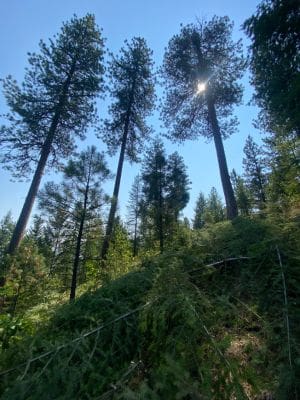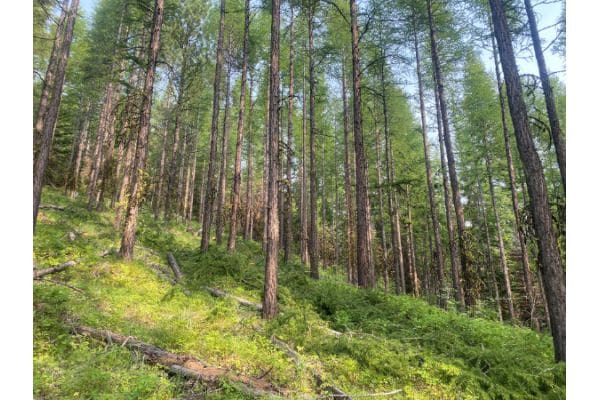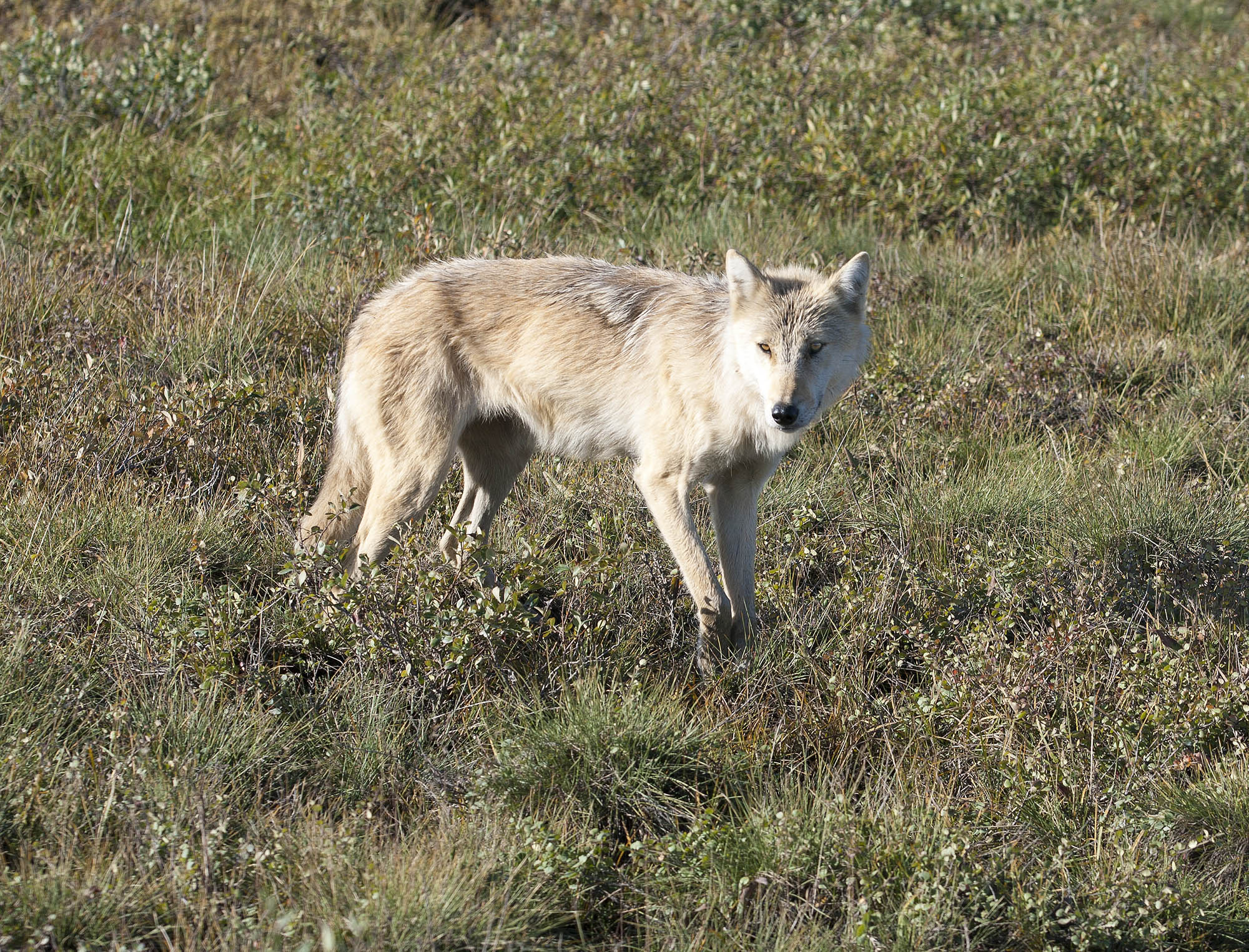EDGEFIELD, S.C.—Amidst the ongoing wildfire crisis in Montana, the National Wild Turkey Federation and the USDA Forest Service are proud to announce the successful completion of this year’s work on the Stevensville West Central Fuels Reduction Project. The project focuses on forest restoration and wildfire risk reduction in the Stevensville Ranger District of the Bitterroot National Forest.
The project aims to lessen the risk of stand-replacement wildfire by diversifying forest structure, reducing tree densities, minimizing ground ladder fuels and increasing canopy base height. These efforts are crucial for enhancing forest resilience and maintaining ecological balance.
“The treatments move the forest in a positive trajectory of restoring forest structure, composition, function and initiate the re-establishment of fire-adapted and diverse forests,” said David Nikonow, NWTF district biologist in Montana, Wyoming and Colorado. “These improvements support the growth of forage for wildlife and help ensure the area stays resilient to wildfire.”
As the project manager and inspector, Nikonow, along with Bitterroot USFS Fuels Program staff, oversaw the completion of 557 acres in 2024. The work was conducted under challenging conditions due to dry and hot weather, requiring extra caution and adherence to Hoot Owl restrictions, which limited chainsaw use to the hours between 1:00 a.m. and 1:00 p.m.
The treatment efforts this year have proven beneficial for wildlife habitats, with sightings of Dusky grouse, particularly on more open ridges with heavy brush cover.
“Thinning treatments will likely contribute to increase brush cover improving the habitat quality for Dusky grouse, ruffed grouse, elk, mule deer, black bear and a suite of other non-game species,” Nikonow said.

In 2023, 1,758 acres were treated, bringing the grand total to 2,315 acres so far. Looking ahead, the NWTF and USFS remain committed to advancing this important work, with additional forest restoration efforts planned for 2025.
Learn more about the NWTF’s forestry efforts in western Montana, which address goals such as reducing catastrophic wildfire risk, enhancing wildlife habitat, ensuring clean water sources, bolstering recreational opportunities and safeguarding communities in wildland areas.
Read the full article here




